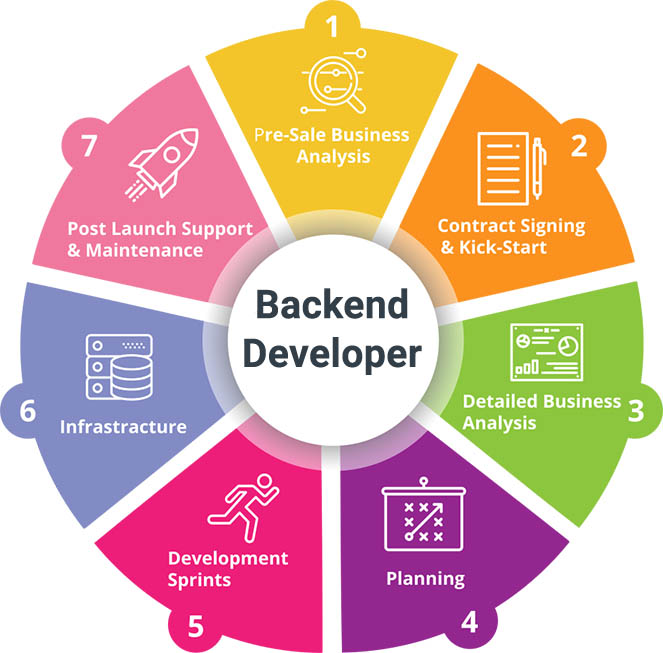Tube Rank: Your Guide to Video Success
Discover tips and insights for optimizing your video presence.
Chasing Bugs: The Great Back-End Adventure
Join the wild journey of Chasing Bugs as we tackle back-end challenges, uncover coding secrets, and conquer the tech world!
Debugging 101: Essential Tools for Back-End Bug Hunting
Debugging is an essential skill for any back-end developer, as it allows you to identify and fix issues in your code efficiently. Essential tools for bug hunting can significantly enhance your debugging process. Begin by using logging frameworks such as Log4j or Winston to track application behavior and pinpoint errors. These libraries provide insight into runtime data, enabling you to create logs that offer detailed descriptions of your application’s flow. Moreover, leveraging a debugger like GDB or integrated debugging tools in environments like Visual Studio Code can facilitate real-time code inspection, allowing you to step through your code and examine variable states during execution.
Additionally, profiling tools are indispensable for discovering performance bottlenecks that can lead to bugs. Tools like New Relic or Chrome DevTools provide valuable analytics on back-end performance, helping you optimize your code. Techniques such as unit testing with frameworks like JUnit or Mocha can also reduce the likelihood of bugs resurfacing in the future by ensuring each piece of code functions as intended. In conclusion, utilizing these debugging tools and practices will not only streamline your bug hunting process but also ultimately lead to a more stable and efficient application.

The Quest for the Perfect Code: Common Back-End Bugs and How to Fix Them
In the world of software development, achieving the perfect code can feel like a lofty goal, especially on the back-end where complex logic and data management come into play. Common back-end bugs often arise from issues such as database connection failures, memory leaks, and inefficient algorithms. Debugging these problems not only improves performance but also enhances user experience. Below are some frequent back-end bugs developers encounter:
- Database Connection Issues
- Memory Leaks
- Improper Error Handling
Addressing and fixing these bugs requires a systematic approach. For instance, to tackle database connection failures, ensure that proper connection pooling is implemented, and make sure to handle timeout errors gracefully. Additionally, employing profiling tools can help you identify and resolve memory leaks by monitoring resource utilization over time. Finally, always include comprehensive logging to help diagnose problems quickly, allowing your team to refine and improve the overall quality of your code. The quest for the perfect code is ongoing, but through vigilance and proactive debugging, we can make significant strides.
Why Is My API Failing? Troubleshooting Common Back-End Issues
When your API fails, it can be incredibly frustrating, especially if you rely on it for critical operations. There are several common back-end issues that could be causing the problem. One of the first things to check is if the server is down or experiencing performance issues. You can confirm this by examining the server logs for any error messages. Additionally, ensure that the API endpoint is correct and that there are no typos in the request URL. Authentication errors and issues with API keys are also frequent culprits. Always verify that your API keys are valid and have the necessary permissions for the actions you're trying to perform.
Another potential cause for API failures is network connectivity issues. This may involve problems with firewalls, DNS settings, or local network configurations that prevent successful communication between the client and server. To troubleshoot these issues, consider using tools like ping or traceroute to check connectivity. Additionally, check your payload data; improperly formatted inputs can lead to errors in processing requests. If you’re still experiencing issues after these checks, consulting API documentation for response codes can provide further insight into the problem. With a systematic approach, you can narrow down the cause of the failure and implement an effective solution.